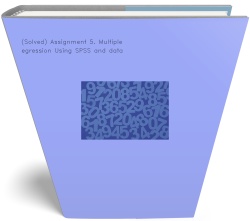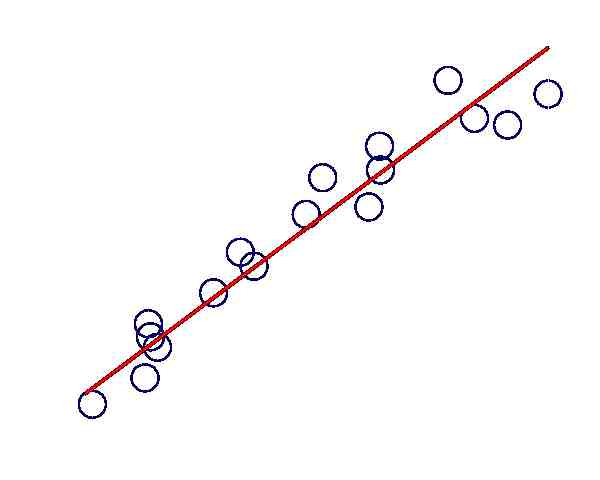Part A Some R basics For Part A problems only, turn in the final computer code you used to answer these
Part A Some R basics
For Part A problems only, turn in the final computer code you used to answer these problem. In other words, I want to see how you did the work, but I don't want to see all the errors that you made on the way to obtaining the solution.
- Give at least two different ways to create a sequence of every third integer from 27 to 54. Subtract 5 from every other element. Reverse the order of the vector. Find the sum of its elements.
- Create a vector of length 52 which consists of four repetitions of the face values in a card deck, " \(A\) ", "' 2 ") \(\ldots\) " 'Q", "' \(K\) "'. Randomly "deal" a hand (vector) of size 13 from this "deck".
- Let \(x=\) matrix \((1: 36,6,6)\). Use subscripting to select the third and fifth columns. Select the second row of the resulting submatrix.
- Create a data frame which consists of the name, age, height, and gender of each member of your family. Show two ways to make the age and height data into a matrix which has column labels. Make up relatives if necessary to have at least 4 rows.
- Use apply () to find the mean and standard deviation for each column in the cars data set in R. Also, apply the "summary" command to the columns to learn about this command. To find out more about the cars data set, type ?cars at the prompt.
Part B Exploratory Data Analysis
The ozone data set contains data on ozone levels in New York. The variables are: ozone (ppm), solar radiation level, temperature (degrees F), average wind speed (mph), and day of the week. Data were collected for 111 consecutive days. The response variable is ozone, and the investigators are concerned about how ozone depends on other factors.
Use exploratory data analysis techniques to describe these data graphically. You may also include tables if necessary. Turn in no more than 3 pages of results which includes a short paragraph describing your results. In this paragraph refer to all tables and graphs that you include. For example, "Ozone decreases as the price of gasoline increases (Figure 1)." Be sure to include table and figure captions and label all axes in your graphs.
Part C Do the following problems in KNNL: 1.11, 1.27, 1.32, 1.36, 1.37
Note: The data sets in KNNL are available on the CD that came with your textbook and also on the class web page.
Deliverable: Word Document


![[All Steps] Treatment Placebo 12 8 10 5 6 9 9 4 15 6 12 14 We wish [All Steps] Treatment Placebo 12 8 10](/images/solutions/MC-solution-library-81002.jpg)


![[Solution] Define [Solution] Define](/images/solutions/MC-solution-library-81005.jpg)

